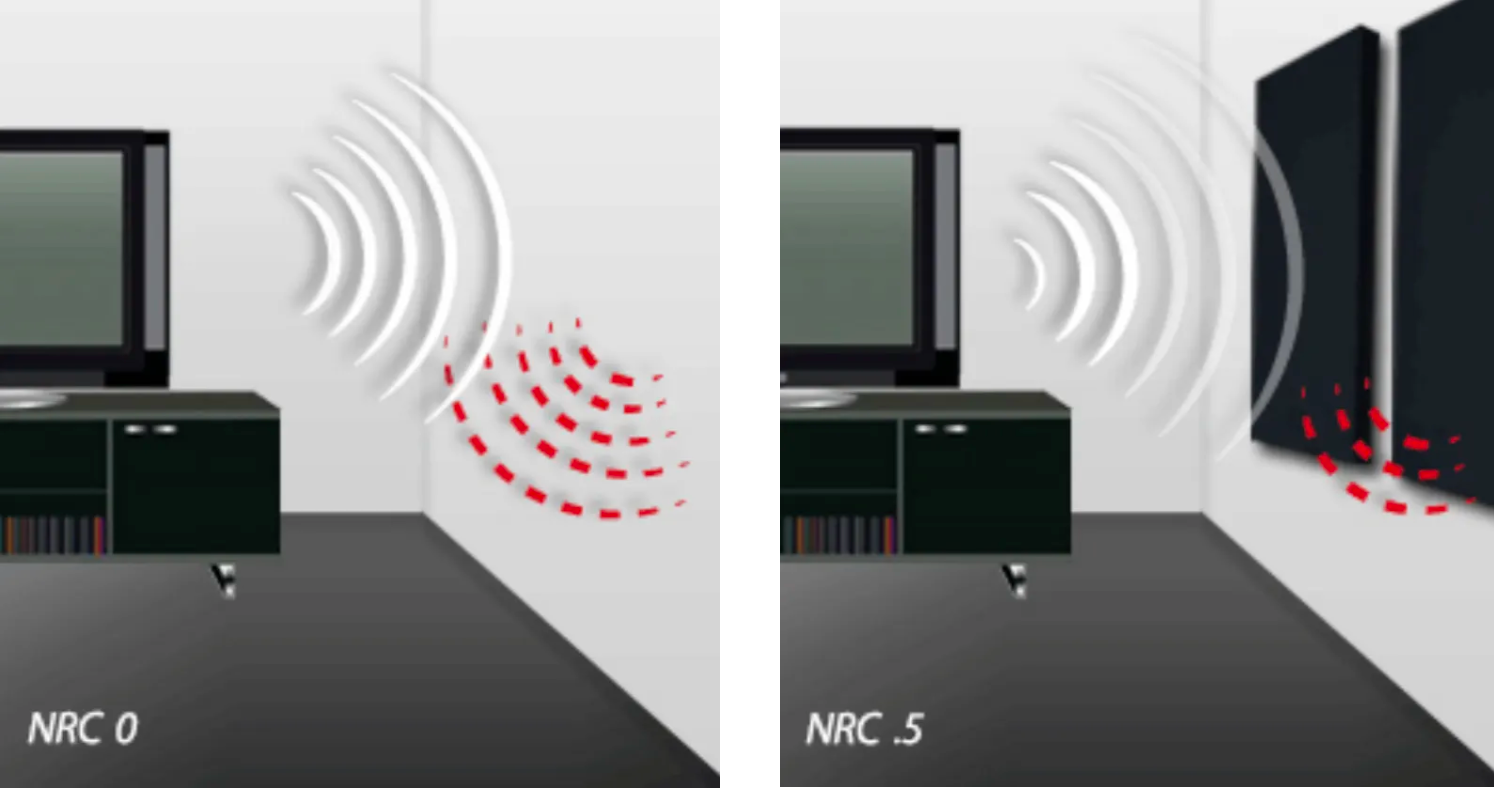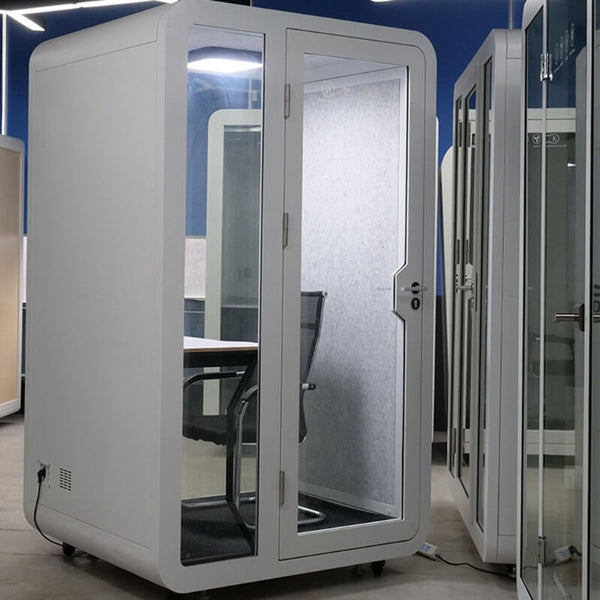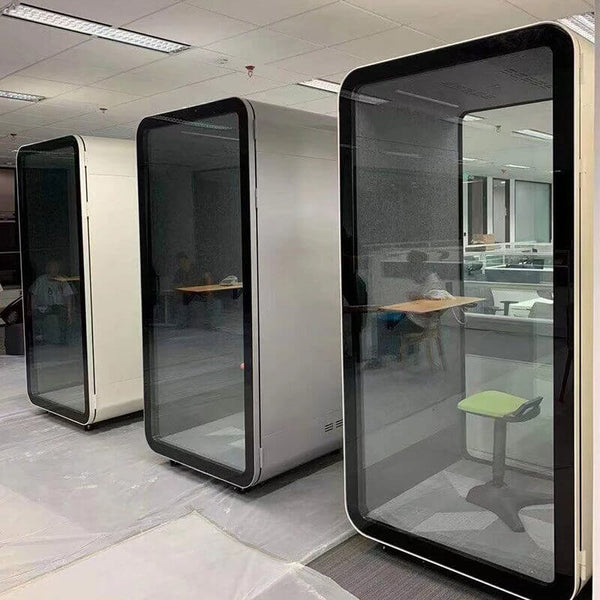
Healthy Office Buildings and Acoustic Technology
| henry han
Understanding Building Acoustics and Sound Absorption
To understand how our acoustic pendant light fixtures can better absorb excessive noise, it is important to know about the Noise Reduction Coefficient, also known as NRC. This value measures how much sound a surface absorbs across the range of typical human speech at 250Hz, 500Hz, 1000Hz, and 2000Hz. This value is measured in sabins, which is the equivalent surface area of an object if it were made of 100 percent sound-absorbent material. In mathematical terms, sabins = the real area of the surface X the Noise Reduction Coefficient of the surface material. This calculation is crucial when considering the acoustics of any given space; an object with a greater sabins value will be more effective at attenuating reverberant noise than one with a smaller value.
The Visa Lighting Celest family of pendant lighting offers between 5.4 to 21.7 imperial sabins (in square feet) depending on the model chosen. Ultimately, installing multiple sound-absorbing acoustic light fixture will decrease the reverberation time of a space, creating a quieter and more peaceful environment.
Applications of Acoustic Technology
Acoustic technology has a wide application range. From acoustic hailing devices to lifting objects with acoustic technology and developing acoustic lighting, acoustic technology has the ability to change the pattern by which we live. All we need to do is to trust sound absorption panels and build better products with new and exciting ideas. First, we should know how acoustics work, what are the important features that you should know about, and how you can incorporate this technology into your life.
Sound Absorption Area and Sound Pressure Levels
Sound absorption area is an important characteristic of a place and the objects and people within it. As described above in the form of sabins, It is obtained by multiplying the sound absorption coefficient by the surface area of the room and the people with. This is important as it can be used to either decrease or increase the sound pressure levels. They both are related by a ratio of 2:3. It means that a 2 times increase in sound absorption area will increase the sound pressure levels by a factor of 3. The same decrease will take place when we decrease the sound absorption by 2.
You might have not understood this concept as you are not aware of what sound pressure level is. When air molecules vibrate or oscillate, they produce pressure. This pressure or volume is called the sound pressure level. The normal sound pressure is 1 bar around us. A little fluctuation or disturbance in this level can be responsible for the discomfort you are feeling. This pressure has an important role to play in the acoustic technology you will be establishing. This is directly related to the sound absorption area, considering that only will be enough when building an acoustic place.
How Can They Affect Your Decision?
The more background noises are observed, the more it still will remain in the background. Similarly, a more efficient sound-absorbing system you will require. Also, the more pricey the budget will be. Hence, keep the sound levels and absorption areas in mind so that you can buy the right soundproofing system.




Leave a comment
Your email address will not be published.